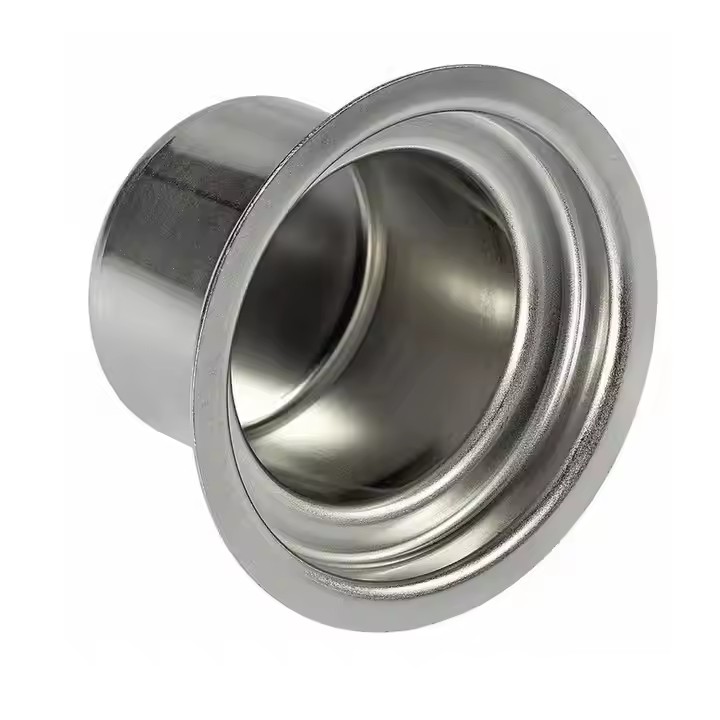Wholesale Cheap Replacement Aftermarket Car Parts
car parts, car parts wholesale, aftermarket car parts, auto car parts, replacement car parts. Quick customized on aftermarket car parts,just send us original samples or drawings.
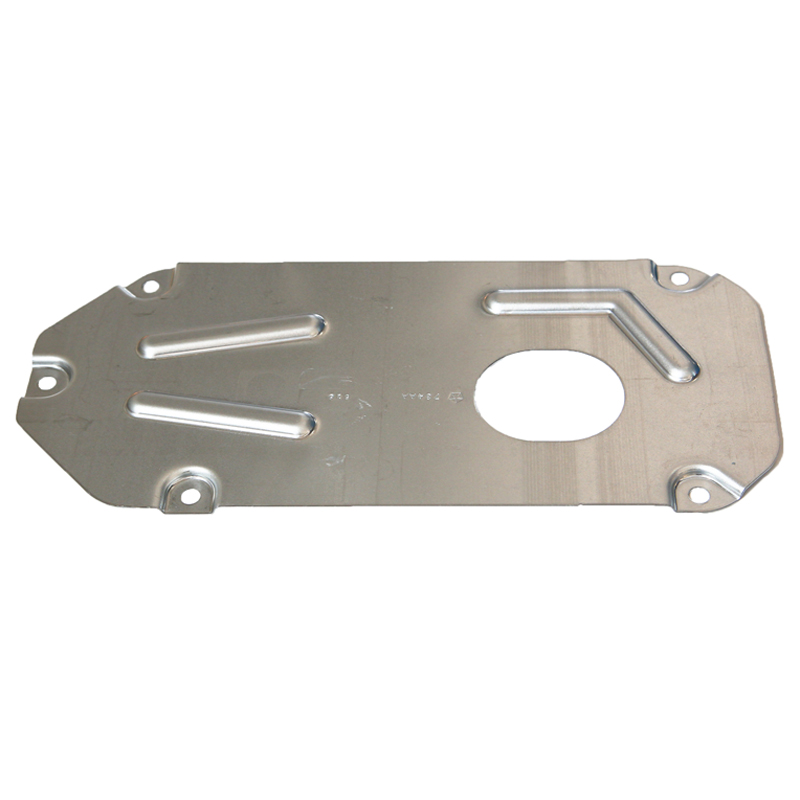
car parts, car parts wholesale, aftermarket car parts, auto car parts, replacement car parts. Quick customized on aftermarket car parts,just send us original samples or drawings.
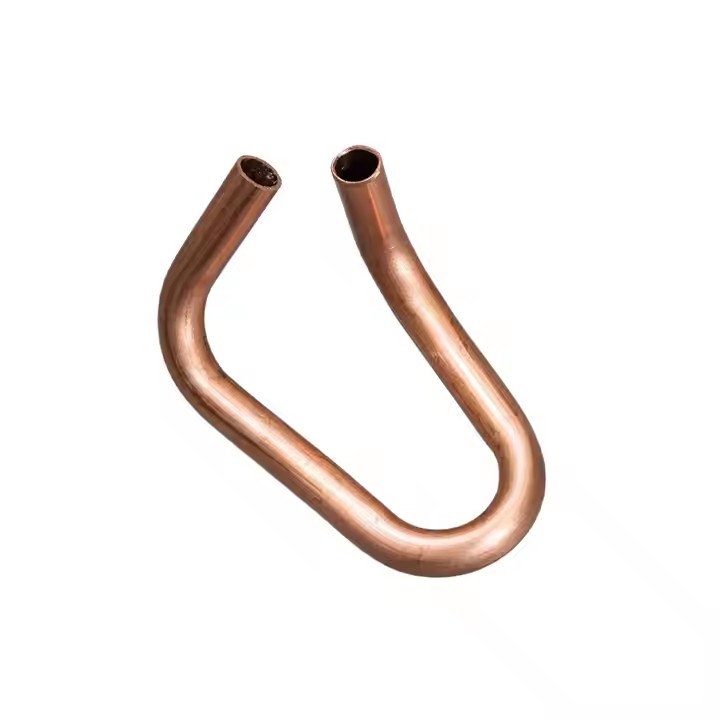
CNC bend factory provide cnc metal tube bending service CNC bending factory made in China Our factory provide cnc tube bending service CNC bending service available CNC Bend OEM Best quality cnc metal bending
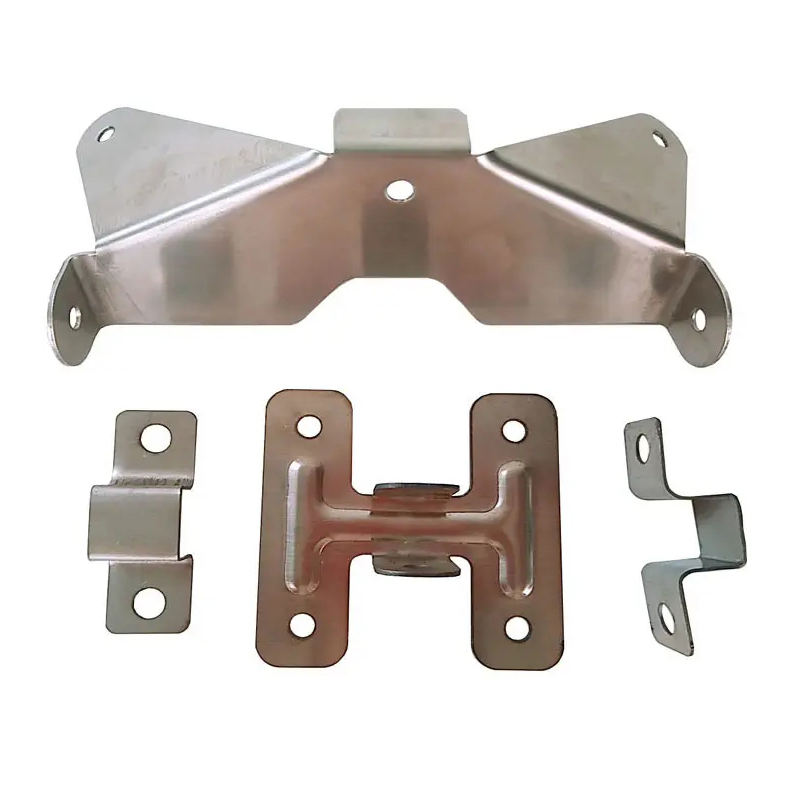
Provide OEM ODM service for metal stamping,stainless steel stamping. Our factory has over 25 years of experience in precision sheet metal stamping. High volume metal stamping with factory price. High precision metal stamping made in China.
Deep draw metal stamping manufacturers
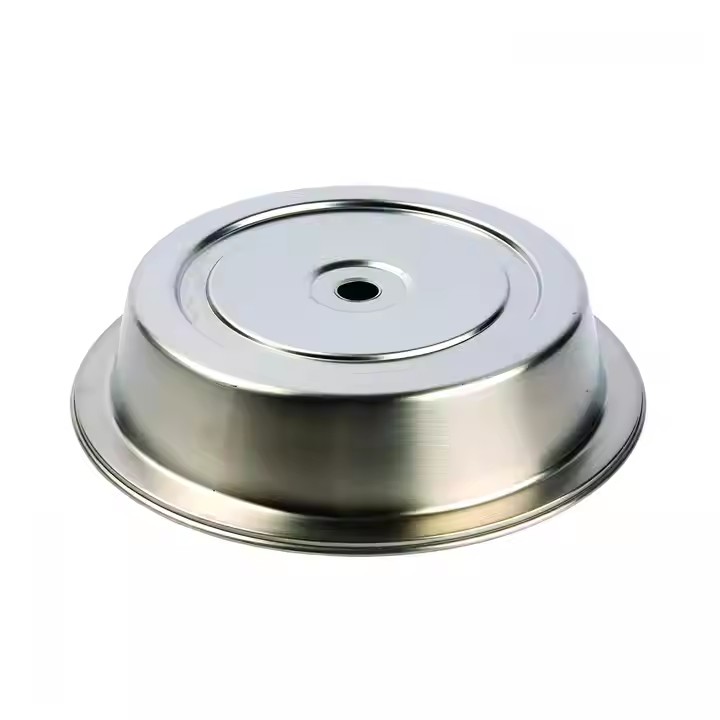
Deep drawing is a metal forming process used to produce parts with significant depth and relatively shallow diameters, like beverage cans, sinks, and other cylindrical or box-like shapes. It's a process where a flat metal sheet (typically steel or aluminum) is drawn into a die by a punch, forming a three-dimensional part.
The process is critical for producing parts that need to be strong, light, and have a consistent shape. Some common parts made through deep drawing include:
1. Automotive parts:
Oil pans
Vehicle body panels
Fuel tanks
Wheel covers
2. Consumer goods:
Beverage cans
Cookware (pots, pans)
Containers and packaging
3. Industrial equipment:
Hydraulic components
Pressed parts for machinery
Deep drawing involves several steps:
1. Blanking: The raw material is cut into a blank.
2. Drawing: The blank is drawn into a die cavity by the punch.
3. Redrawing (if necessary): Some parts may need to be redrawn to achieve the required depth.
4. Trimming: Excess material is trimmed to give the final part its desired shape.
5. Finishing: Surface treatments or coatings may be applied to improve appearance or durability.
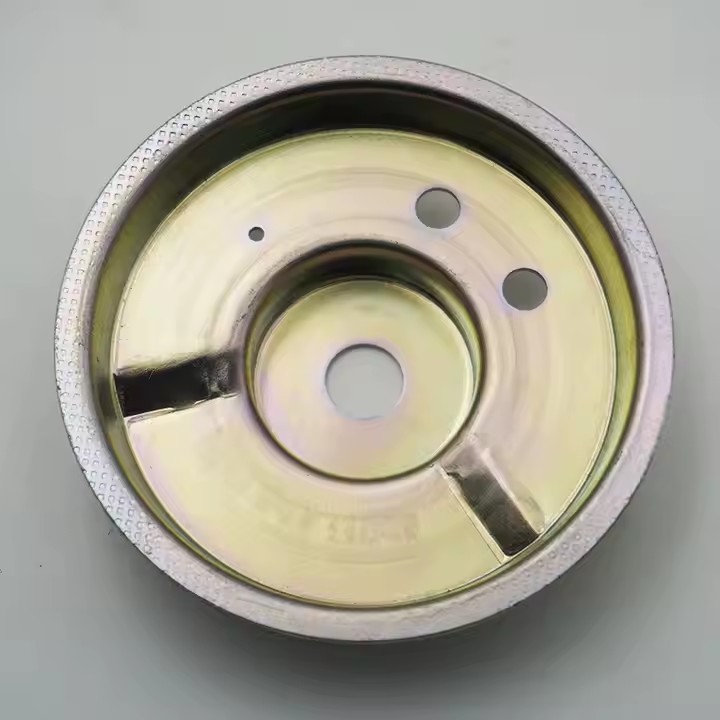
Deep drawing stamping parts (also known as deep drawn stamping parts) are hollow parts made by deep plastic deformation of metal sheets using molds, with a depth usually greater than the diameter. This process is widely used in manufacturing, especially in the fields of automobiles, electrical appliances, etc. The following are its core points:
1、 Process principles and characteristics
Forming process
The flat blank is pressed into the concave mold cavity through a convex mold, forming deep cavity structures such as cylindrical and conical shapes. During the process, the material flow is controlled by the mold and the edge pressing ring.
Distinguish between deep pull and shallow pull
When the depth is greater than the diameter, it is called "deep pull" (such as a car fuel tank), and when the depth is less than 0.3 times the diameter, it is called "shallow pull" (such as a shallow plate).
Key technical points
Multiple deep drawing is required: For ultra-high workpieces (such as 210mm deep parts), they need to be gradually formed step by step to avoid material breakage.
Material selection: Commonly used deep drawing steels such as DC04 are required to have high ductility (elongation ≥ 34%) and low yield strength (130-210MPa).
2、 Core advantages
High efficiency and low cost: Suitable for large-scale production, the cost of a single piece is significantly reduced after the mold is finalized.
High precision and consistency: Strong dimensional stability and high product interchangeability.
Complex structural forming ability: capable of manufacturing stepped and curved parts (such as car lampshades), combined with processes such as expansion and contraction to achieve complex geometric shapes.
3、 Typical application scenarios
Automotive components: fuel tank, motor housing, stainless steel stretching parts (such as motorcycle parts).
Electrical appliances and home furnishings: aluminum lampshades, metal containers, and hardware casings (requiring surface finishing to FD level).
4、 Process limitations
High scrap rate: About 15% of the material in the stamping process is scrap, and the layout design needs to be optimized.
High mold cost: Complex parts require multiple sets of molds, resulting in significant upfront investment.
Low customization flexibility: more suitable for standardized parts, with a significant increase in cost for highly customized parts.
The core competitiveness of deep drawn stamping parts lies in the balance between efficiency and cost in mass production of complex hollow structures, with technical bottlenecks mainly focused on ultra-high workpiece forming and material utilization optimization.
